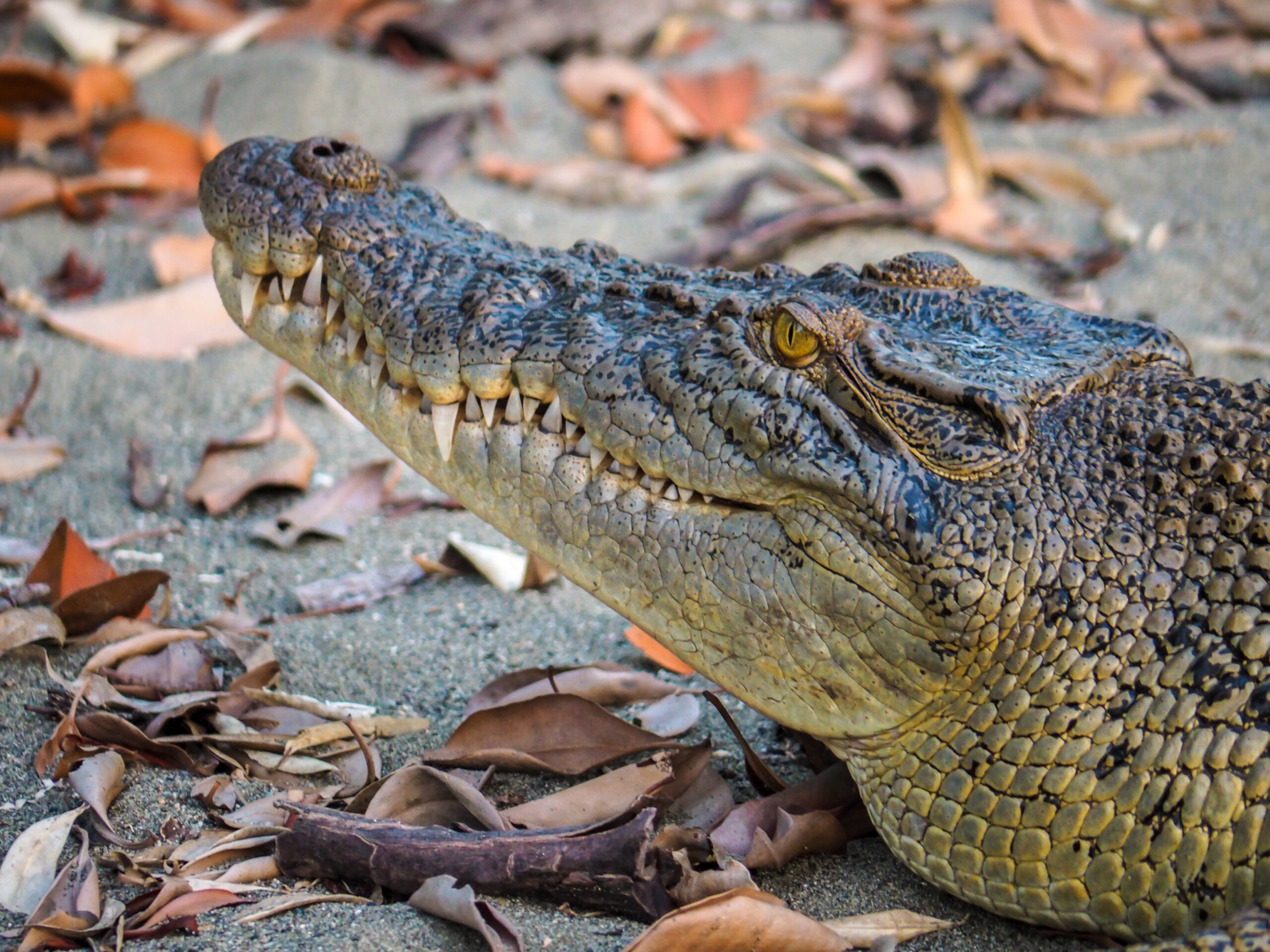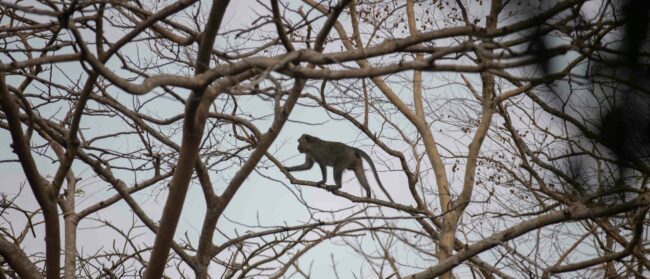The island of Timor-Leste is believed to have been formed on the back of a crocodile named Lafaek Diak, whose friendship with a human boy was so deep that when Diak died the ridges on his back became the mountains of Timor-Leste.
This origin myth is why the crocodile is considered the country’s national animal, despite the lack of a law confirming the title.
“This is a national story everyone felt connected with,” said Josh Trindade, a local anthropologist who has studied the island’s crocodile conservation and culture. “For many years to come, we will consider this animal sacred.”
Most crocodiles reside in the south of the island, where Trindade said some tribes are believed to control and communicate with crocodiles, which are commonly referred to as abo, the Tetum-language word for ‘grandparent.’
This association is why crocodiles are considered lulik, or sacred, and why it is generally illegal and culturally taboo to kill a crocodile.
“People are afraid of crocodiles,” Trindade said. “It is a dangerous animal and it is sacred. When we call something lulik, you should not go near them or disturb them. We don’t want to disrupt anything we consider lulik.”

While the exact crocodile population is unknown, preliminary research points toward significant growth in their numbers since Timor-Leste achieved re-independence in 2002.
There are two main theories trying to explain this trend.
Crocodile populations were kept low through culling by Portuguese, Indonesian and United Nations occupation forces. Many scientists and residents believe the populations grew following re-independence and the passing of crocodile-protection legislation.
Also vying for recognition is the theory that conservation programs in Australia’s Northern Territory, a few hundred kilometres from Timor-Leste’s eastern coast, were able to protect and help grow saltwater crocodiles to the point of “carrying capacity,” generally meaning the population is now so large that juveniles need to seek out new territories.
Sebastian Brackhane of the German Wildlife Foundation, who studied human-crocodile conflicts in Timor-Leste, said both theories could be true. He is working on a study attempting to pin down the origins of the newly expanded crocodile population.
“The DNA of Timorese crocodiles is quite distinctive, it is different from the ones in Australia,” Brackhane said. “But the number of crocodiles that have been tested so far, about 18, is not enough to make a scientifically valid statement. But hopefully we will know soon.”
The growing population is blamed for the dramatic rise in human-crocodile conflicts on the island. There were 74 crocodile attacks, 50 of them fatal, on people in Timor-Leste from 2011 to 2020, according to CrocBite, a global crocodile attack database. While 2021 statistics have not been finalised, CrocBite recorded six attacks, four fatal, in Timor-Leste last year.
“You will not get rid of crocodiles in Timor’s waters,” Brackhane said. “It is all about raising public awareness.”
Despite the uptick in attacks, Trindade said he doesn’t believe the island’s crocodile culture will change.
“The belief is local crocodiles, who have lived with us for many years, are not dangerous. But migrant crocodiles are dangerous because we don’t have relationships with them,” Trindade said. “We have to learn to live alongside crocodiles peacefully, so we can access our natural resources.”
This article is part of Southeast Asia Globe’s World Wildlife Day Special series.


